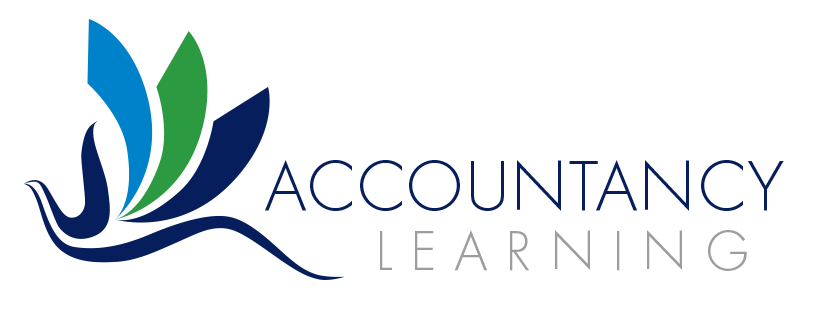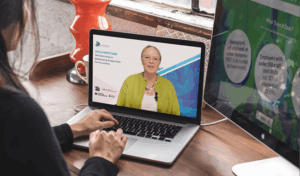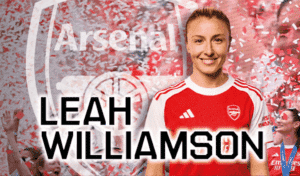So, how do we prepare a Bank Reconciliation?
The cash or bank account in a company’s general ledger is where all of our cash/bank transactions are recorded. So, the payment side of the account will include details of all the cheques we’ve written and payments we’ve made using cash, BACS, Debit cards etc. The receipts side of the account will include all the money we’ve received by debit/credit card, BACS and cheques/cash paid in using a paying in book.
At the end of the month, it is usual for the Bank to send us a bank statement detailing all of the transactions that have taken place during the month – this will include any bank or interest charges for the period. The first entry on the bank statement is the brought forward balance which will either be a debit or credit amount (debit indicating that the bank is overdrawn and credit indicating that there is money in the bank). Note that this is the opposite way around to the bank T-account in the general ledger where a debit balance indicates money in the bank and a credit balance indicates an overdraft. The reason that it is the opposite way around is that when we receive a bank statement, this is shown from the ‘Bank’s’ point of view i.e. a credit balance means that the bank owes us money – they are a creditor (payable). Our bank account in the general ledger is shown from the ‘Business’s’ point of view.
So, the balance brought forward on the bank statement will be the balance as per the end of the previous period (month). This is followed by all the transactions for the month and a ‘running balance’ is normally shown in the far right column. Finally, the ‘end’ bank balance is recorded.
Once the bank statement has been received, it is important that it matches the balance that we’ve calculated in the business’s general ledger bank account – this is the bank reconciliation process.
At first glance, the two balances are unlikely to be identical, due to what are known as timing differences (e.g. money paid into or out of the bank but not shown on the bank statement yet or transactions shown on the bank statement (e.g. standing orders, bank charges) that we don’t have a record of in the general ledger bank account yet).
CONFUSING? Well here are two step by step animated videos with narration that take you through the whole bank reconciliation process from start to finish.
N.B. For AAT purposes, the cashbook (as shown in the image below) is a T-account. Although the AAT may refer to it as a cashbook, it is in fact the bank T-account in the general ledger, so this is what we have used in our videos. In your business, the cash book may look slightly different e.g. you may have a cash payments book and a cash receipts book – separate to the general ledger.
CLICK ON EACH OF THE IMAGES BELOW TO WATCH A NARRATED VIDEO!


We hope that these study tips have helped you! Whilst we are not able to respond to any specific questions you might have about our posts, do please let us know if there are any further topics you would like us to write about. If, however, you are one of our tutor supported students, please get in touch with your personal tutor who will be more than happy to help you.



